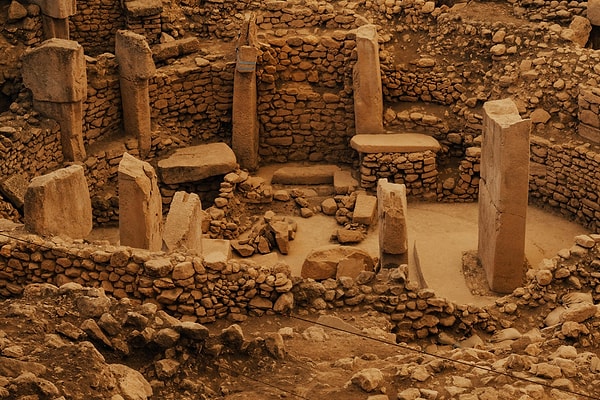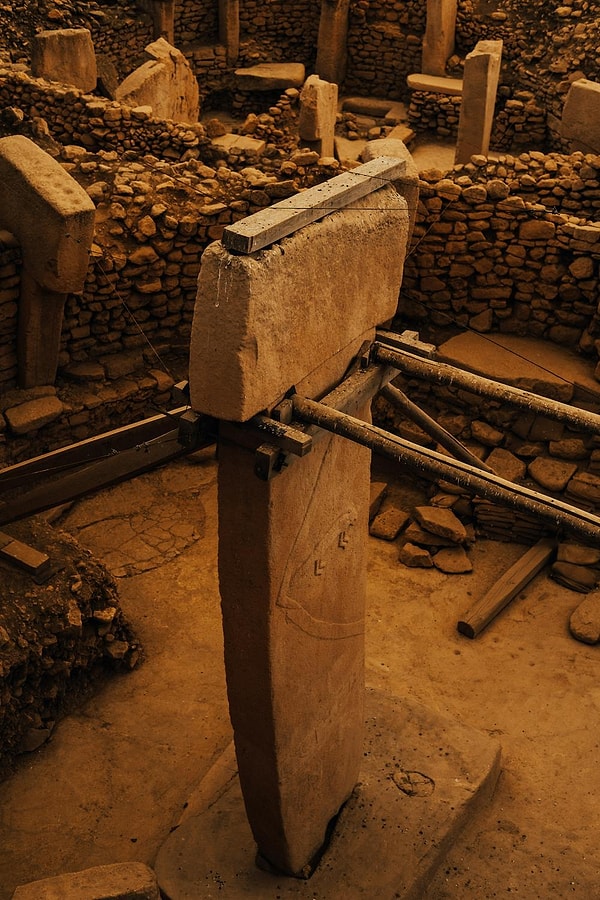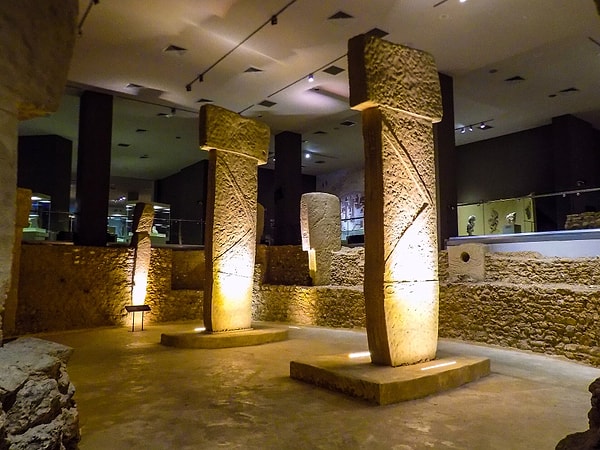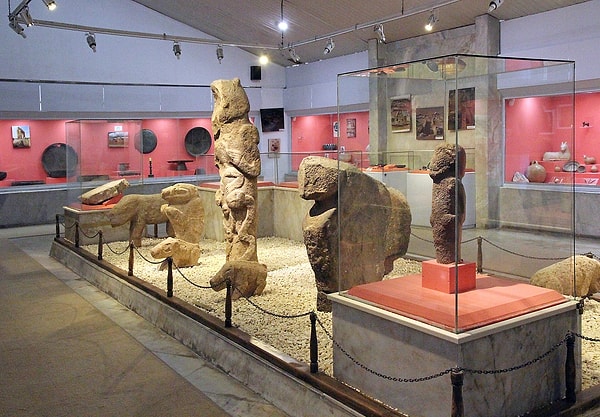Exploring Göbekli Tepe: Turkey’s Prehistoric Wonder and Its Ancient Artifacts
Discoveries that change history are very rare. But the discovery of Göbekli Tepe is one of these rare events. Located in Şanlıurfa, west of the Euphrates River, at the foot of the Germus Mountains, this archaeological site is the oldest known monumental temple complex in the world.
Thousands of years older than the Egyptian pyramids and Stonehenge, Göbekli Tepe has forced not only archaeologists but the entire scientific world to rethink human history. So, why is Göbekli Tepe important? What to see in Göbekli Tepe? Why visit Göbekli Tepe? And how to visit Göbekli Tepe? Let's explore together 👇
Location and Geographical Features of Göbekli Tepe

Göbekli Tepe is located 15 km northeast of Şanlıurfa city centre, near the village of Örencik. It was built 760 meters above sea level on a hill dominating the surrounding area. The strategic location of the site enables visual and physical connections with other settlements in the region.
The immediate surroundings have a semi-arid climate with dry agriculture. It is thought that this region was milder and more fertile during the Neolithic period. This provides important clues that the transition to agriculture may have started here.
History: From Discovery to World Heritage

Initial findings and overlooked facts
Göbekli Tepe was first documented in 1963 during the joint surveys of Istanbul University and the University of Chicago, but the stones on the surface were dismissed as a simple Byzantine cemetery.
The Start of Excavations and the Contribution of Klaus Schmidt
Prof. Dr. Klaus Schmidt of the German Archaeological Institute re-examined the site in 1994 and realised that these stones belonged to the Neolithic period. Beginning in 1995, systematic excavations continued for many years in cooperation with the Şanlıurfa Museum and the German Archaeological Institute.
The excavations, which continued until Klaus Schmidt died in 2014, uncovered architecturally unique circular temple structures, huge T-shaped obelisks and symbolic carvings on the surface. According to Schmidt, Göbekli Tepe was “the first known centre of worship in history”.
UNESCO World Heritage
Göbekli Tepe was included on the UNESCO World Heritage Tentative List in 2011. In 2018, it was inscribed on UNESCO's Permanent List of World Heritage Sites and registered as one of the internationally protected sites.
Architectural and Archaeological Structures

T-Shaped Columns
The most prominent structures at Göbekli Tepe are the T-shaped limestone columns, which are 5-6 meters high on average and weigh 10-20 tons. They are placed in a circle with two large columns in the centre and smaller columns around them. Each of these circles shows structural integrity.
The T-shape may represent a human figure. On some of them, human-like details such as arms, hands and belts are carved in relief.
Animal and Symbol Reliefs
Among the figures carved in relief or carved on the surface of the stones are animals such as snakes, scorpions, wild boars, lions, foxes, cranes, bulls and spiders. There are also abstract symbols, circular motifs and shapes resembling the letter H.
These figures are thought to be related to religious rituals, natural forces or totemic beliefs.
Buried Structures
One of the most interesting features of Göbekli Tepe is that these structures were deliberately covered with soil after use. This not only ensured the preservation of the site but also provided archaeologists with almost intact remains.
The Importance of Göbekli Tepe for Neolithic Society

Göbekli Tepe has radically changed the knowledge about the Neolithic Age. While the traditional understanding of history suggests that the transition to settled life began with agriculture, the example of Göbekli Tepe reveals that belief systems may have been a trigger for agriculture.
The fact that hunter-gatherer communities built such complex and large-scale structures shows that social organisation developed much earlier than previously thought.
Göbekli Tepe today

Protection and Promotion
Göbekli Tepe has been recognised by the Ministry of Culture and Tourism as one of the “Heritage for the Future” projects. The area is covered with a protective structure with steel construction; platforms for visitors to walk on and information boards are placed.
Visitor Center
The modern Visitor Centre, located at the Göbekli Tepe Entrance Area, is equipped with 3D exhibitions, information screens, a café, souvenir sections and short film screenings.
How to get to Göbekli Tepe?

Nearest City and Airport
City: Sanliurfa
Airport: Sanliurfa GAP Airport (URF) - Approximately 35 km from the city centre and 50 km from Gobekli Tepe.
Taxi/Private Car: It is approximately a 20-25 minute car ride from Şanlıurfa city centre.
Tour Companies: Many hotels and travel agencies in the city centre organise daily tours to Göbekli Tepe.
Public Transportation: There is no direct bus line. However, you can take minibuses to Örencik village and continue by taxi.
Visit Information (2025)

Visiting Hours:
Summer period: 08:00 - 19:00
Winter period: 08:00 - 17:00
Entrance Fee: Museum Card is valid. The single entrance fee is 20 Euros as of 2025.
Guided Tours: Guided tours are also available in the area. In addition, systems that can get information from QR codes are used.
Note: Comfortable shoes are recommended as the large area involves walking.
Other Historical Sites to See Nearby

Şanlıurfa Archaeology Museum: It is the most comprehensive museum where the artefacts found in Göbekli Tepe are exhibited.
Haleplibahçe Mosaic Museum: It is famous for its mosaics from the Roman period.
Balıklıgöl Complex: It is the centre of religious history about the Prophet Abraham.
Harran: Home to one of the world's first universities, it is known for its conical domed houses.
Keşfet ile ziyaret ettiğin tüm kategorileri tek akışta gör!

Send Comment